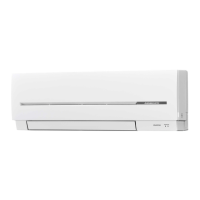
Do you have a question about the Mitsubishi Electric MSZ-SF15VA and is the answer not in the manual?
| Type | Split System |
|---|---|
| Cooling Capacity | 1.5 kW |
| Refrigerant | R410A |
| Energy Star Certified | Yes |
| Power Supply | 230V / Single-phase / 50Hz |
| Noise Level (Indoor Unit) | 21 dB(A) |
Explains symbols used for warnings and instructions in the manual.
Defines the meaning of various icons and symbols found throughout the manual.
Details the various parts of the indoor unit, including the front panel, air filter, and air outlets.
Identifies the different components of the outdoor unit, such as the air inlet, outlet, and piping.
Step-by-step guide on how to insert batteries into the remote controller correctly.
Instructions on how to set the current time and day on the remote controller for accurate timer functions.
Guides on using AUTO, COOL, DRY, HEAT, and FAN modes for optimal comfort and dehumidification.
Details emergency operation using the switch and the automatic restart feature after power loss.
How to set the horizontal and vertical vanes for optimal air distribution.
Instructions on selecting fan speeds from Silent to Super High for desired airflow.
Describes the simplified function to recall preferred settings with a single button press.
Explains the energy-saving cooling mode that automatically adjusts airflow for comfort.
Instructions for setting the unit to turn ON or OFF automatically at a specific time.
Detailed steps for programming daily ON/OFF schedules for the air conditioner.
How to review and verify the programmed weekly timer settings.
Instructions on how to clean the air filters regularly for optimal performance and air quality.
Guide on how to remove, clean, and reattach the front panel of the indoor unit.
Lists common symptoms related to the indoor unit and their possible causes and solutions.
Explains symptoms related to the outdoor unit and provides diagnostic information.
Details common problems with the remote controller and how to resolve them.
Instructions for operating the unit to dry it out before storage.
Steps to follow to prepare the unit for operation after a period of non-use.
Advises on suitable and unsuitable locations for installing the indoor and outdoor units.
Guidelines for proper electrical connections and power supply requirements for the unit.

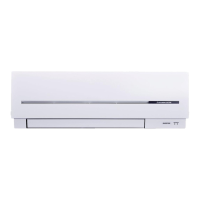
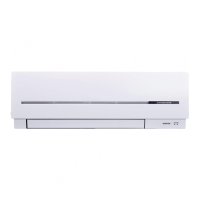
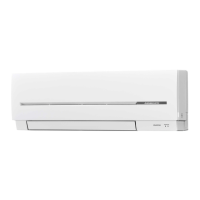
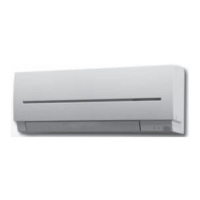

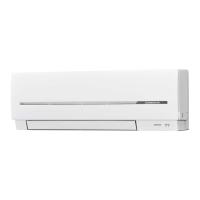
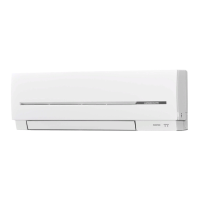
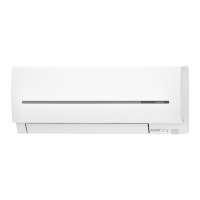



